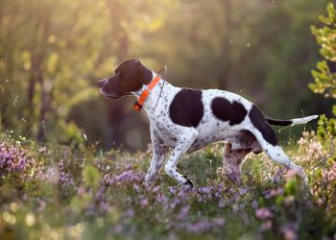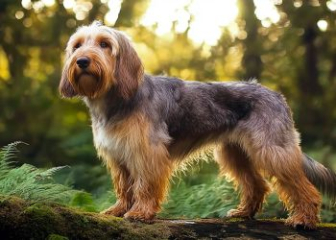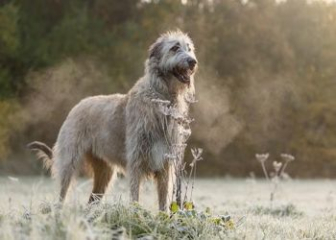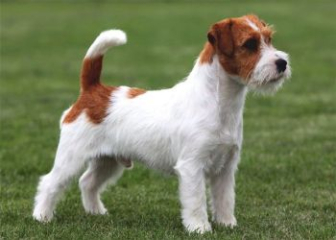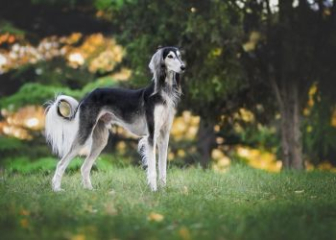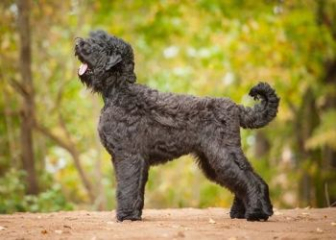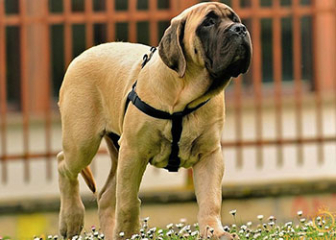Tibetan Mastiff – The World’s Most Expensive Giant Dog Breed
Blog | by
The Tibetan Mastiff is a rare breed of dog, known for its enormous size and ancient genetic lineage, originating from the Tibetan region. It is one of the most expensive dog breeds in the world.
Also known as the Tibetan Mastiff, Ngạo Tạng, this ancient breed hails from Tibet. It has a massive appearance, a strong and loyal temperament, and has been revered for thousands of years in cultural history. It is considered a symbol of power and is regarded as one of the most expensive breeds today.
To learn more about this powerful Dog breed, follow the detailed article below!
Where does the Tibetan Mastiff originate from?
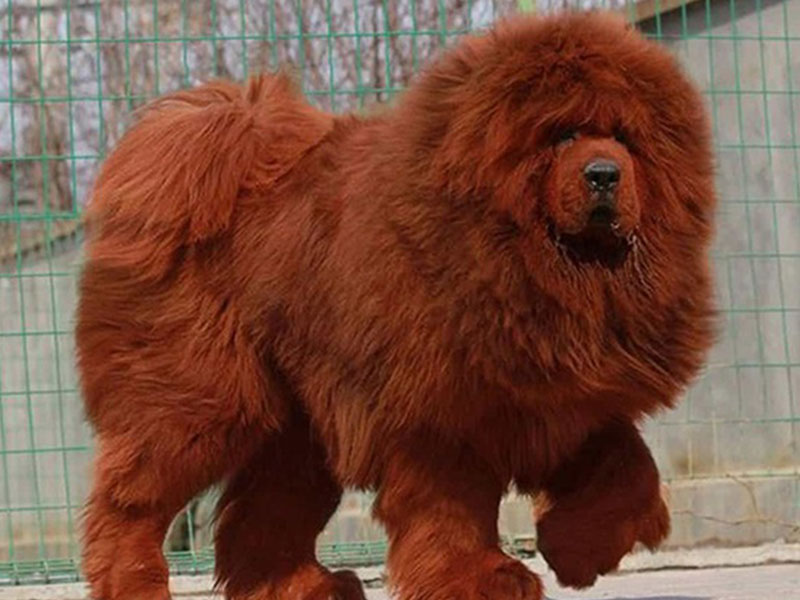
Tibetan Mastiff Has a Massive, Imposing Appearance
The Tibetan Mastiff is one of the oldest and rarest dog breeds in the world, with a history that stretches back over 5,000 years. Originating in Tibet, this sacred breed is deeply connected to the culture and spiritual life of Tibetan monks and nomadic tribes.
Historical Background of the Tibetan Mastiff:
-
Over 5,000 years ago, Tibetan Mastiffs were bred by nomadic tribes in the Himalayas, including regions like Nepal, Bhutan, and Tibet, to guard villages, livestock, and monasteries.
-
Revered by Tibetan monks (Lamas), they were considered "divine guardians", believed to be the earthly embodiment of lions sent to protect people.
-
In ancient China and Mongolia, emperors and nobles prized Tibetan Mastiffs as symbols of power and prestige.
-
In the 19th century, British explorers discovered the breed and brought it to England for breeding and exhibition.
-
By the 20th century, Tibetan Mastiffs gained popularity in America and Europe for their majestic presence.
-
In the 21st century, they became world-famous as one of the most expensive dog breeds, with some individuals selling for over a million USD.
Appearance of a Purebred Tibetan Mastiff
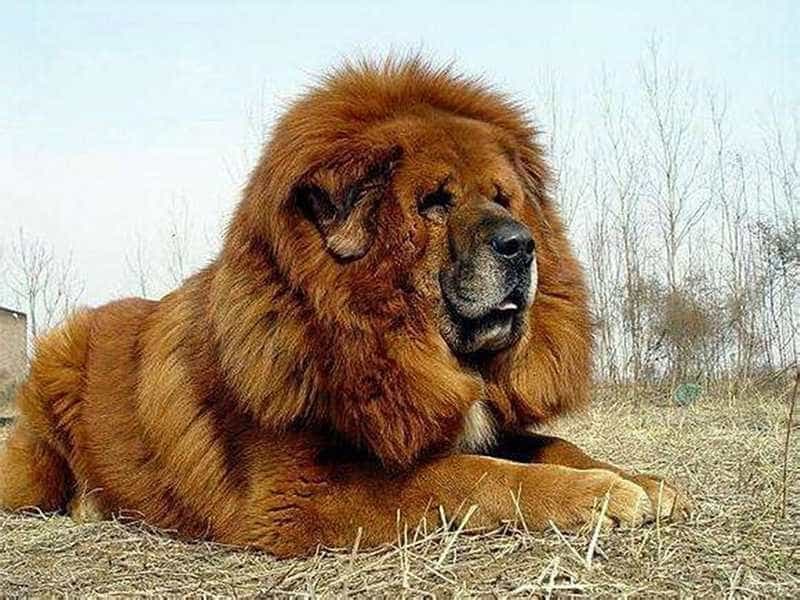
The Tibetan Mastiff Has a Fluffy Coat and a Lion-Like Mane
The Tibetan Mastiff is considered one of the largest dog breeds in the world, often compared to a lion due to its thick, voluminous coat and mane-like fur around the neck. Let’s take a closer look at the physical features of a purebred Tibetan Mastiff:
-
Height:
-
Males: 66–76 cm
-
Females: 61–71 cm
-
-
Weight:
-
Males: 45–72 kg (some individuals can reach up to 90 kg)
-
Females: 35–55 kg
-
-
Head: Large, broad, and round, resembling a lion’s head
-
Forehead: Prominent with deep wrinkles
-
Muzzle: Short and wide
-
Nose: Broad with large nostrils
-
Jaws & Teeth: Strong and powerful, with a bite force of 500–550 PSI, comparable to that of a lion
-
Eyes: Small, almond-shaped, deep-set; usually brown or amber in color
-
Ears: Medium-sized, triangular, and drop downward
-
Coat: Very thick, double-layered
-
Outer coat: coarse and fluffy
-
Undercoat: soft and dense
-
Neck fur forms a mane, similar to a lion’s
-
-
Common Coat Colors:
-
Solid black
-
Reddish-brown (rare and most expensive)
-
Golden
-
Black & tan
-
Gray
-
-
Neck: Thick and muscular
-
Back: Straight with a deep chest
-
Legs: Large, strong bones, solid paws with thick fur
-
Tail: Long, bushy, curls over the back when walking
Temperament of the Tibetan Mastiff
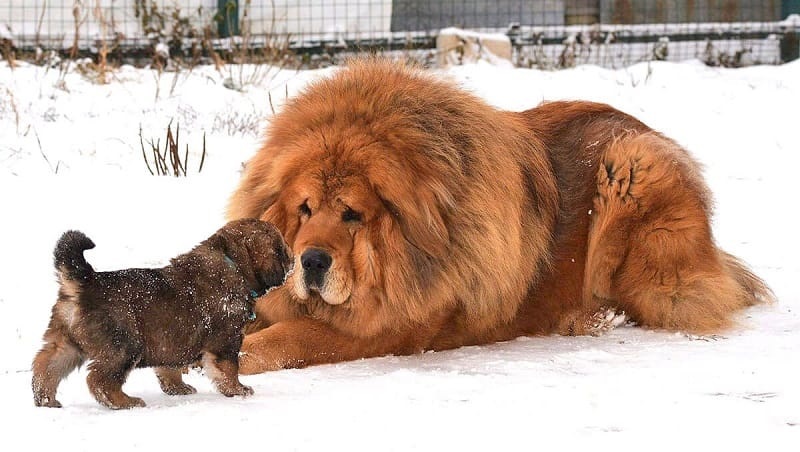
Tibetan Mastiff and Puppy – Personality and Temperament Overview
The Tibetan Mastiff is not only known for its impressive size, but also for its strong-willed, fiercely loyal, and independent personality. However, this powerful breed can also become aggressive if provoked. Let’s explore the key traits that define the temperament of a Tibetan Mastiff:
Unwavering Loyalty
Tibetan Mastiffs are deeply loyal, especially to those who raise them from a young age. They typically bond with one owner and will devotedly protect that person at all costs, wherever and whenever necessary.
Strong Protective Instincts
Originally bred as guard dogs in monasteries and villages, Tibetan Mastiffs have an innate and powerful guarding instinct. They are among the top guard dog breeds in the world, capable of protecting homes, temples, livestock, and territory.
They are naturally suspicious of strangers and are not easily bribed—making them excellent watchdogs.
Independent and Stubborn
These dogs are not obedient by default. They are independent thinkers and often prefer to make their own decisions rather than follow commands. Tibetan Mastiffs can come across as aloof and are not overly expressive in their affection.
Calm but Fierce When Provoked
Most of the time, a Tibetan Mastiff is calm, composed, and quiet. They rarely bark without reason. But when they feel threatened or are provoked, they may suddenly react with intense aggression, acting on their natural drive to protect.
Because of this, some countries (such as Denmark and Malaysia) have placed restrictions or bans on owning the breed.
Dislikes Confinement
Tibetan Mastiffs were born to roam in the vast Himalayan mountains, so they do not adapt well to being chained, caged, or confined for long periods. Doing so may lead to stress, aggression, or depression.
Intelligent but Requires the Right Training Approach
Although highly intelligent, Tibetan Mastiffs are not naturally obedient. They respond best to firm but respectful and consistent training, started from a young age. Harsh discipline doesn’t work—these dogs require patience, leadership, and clear boundaries.
Raising and caring for Tibetan Mastiffs
The Tibetan Mastiff Has a Thick Coat That Keeps It Warm in Cold Weather
The Tibetan Mastiff is a large dog, so its care and maintenance can be more challenging compared to smaller or medium-sized breeds. Below is a comprehensive guide for raising and caring for this majestic breed.
Dietary Guidelines for Tibetan Mastiffs by Age
What Should a Tibetan Mastiff Eat?
-
Fresh Meat (beef, chicken, pork, lamb, salmon, etc.) to provide protein.
-
Animal Organs such as chicken heart, liver, lungs, and stomach from pork or beef (only 2–3 times a week).
-
Eggs: Raw or boiled.
-
Carbs and Vegetables Carrots, pumpkin, sweet potatoes, leafy greens, etc.
-
Cartilage and Bones These provide essential nutrients for their teeth and joints.
-
Nutrient-Rich Kibble Consider high-quality dog food for balanced nutrition.
What Should a Tibetan Mastiff Not Eat?
-
Foods with excessive spices such as sour, spicy, salty, or sweet.
-
Cow's milk, chocolate, onions, garlic, and other toxic foods.
Diet for Tibetan Mastiffs by Age
-
Tibetan Mastiffs (2–4 months): 4 meals/day with soft food like minced meat and finely chopped vegetables.
-
Tibetan Mastiffs (4–8 months): 3 meals/day with a focus on protein and calcium-rich food.
-
Tibetan Mastiffs (over 8 months): 2 meals/day with larger portions of meat, organ meats, and a significant increase in food intake.
Grooming and Hygiene for Tibetan Mastiffs
Tibetan Mastiffs have a thick, luxurious double coat that requires careful maintenance to keep it shiny, healthy, and free from skin diseases. Here's how to care for their coat:
-
Brushing: Brush daily to keep the coat clean, soft, and free from tangles.
-
Bathing: 1–2 times per month using a dog-specific shampoo.
-
Trimming: Trim their coat during hot seasons or when it gets too long.
-
Cleaning: Regularly clean their ears, eyes, and nose to prevent infections.
Training and Behavioral Adjustment for Tibetan Mastiffs
As you know, Tibetan Mastiffs are intelligent but can also be stubborn. Early training is essential to avoid behavioral problems later on.
-
Socialization Start early by introducing them to strangers and other pets at home.
-
Teach basic commands like sit, stay, no barking unnecessarily.
-
Train them to remain calm when encountering strangers.
-
Never use harsh training methods as they have strong resistance and could potentially turn aggressive.
Living Environment for Tibetan Mastiffs
Tibetan Mastiffs are large dogs, so they need ample space to roam and a cool climate. They should not be confined or chained for long periods, as it may provoke their protective instincts and aggression.
-
Space: They need a large yard or space to move around freely.
-
Climate: Preferably cooler environments as they are sensitive to heat.
-
No Confinement: Avoid long periods of confinement or being chained.
Health Care for Tibetan Mastiffs
Tibetan Mastiffs require regular veterinary visits, vaccinations, and daily observations for any signs of illness. Key health maintenance includes:
-
Vaccinations: 5-in-1, 7-in-1, rabies vaccination.
-
Deworming: 3–4 times/year.
-
Regular check-ups: At least twice a year.
-
Signs of illness: Watch for changes in behavior or appetite, and consult a vet if needed.
Common Health Problems in Tibetan Mastiffs
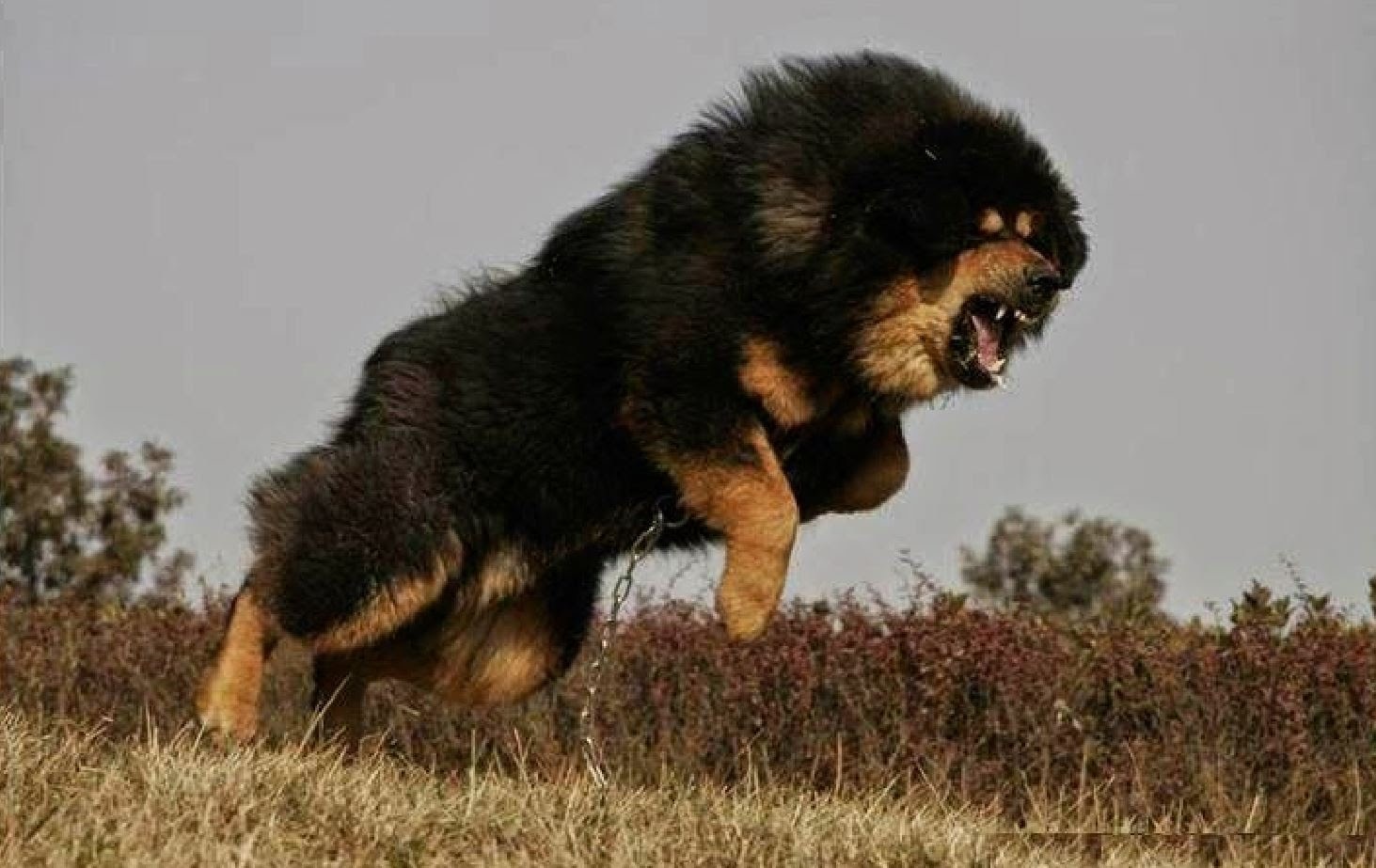
Tibetan Mastiff Aggression and Common Health Problems
Despite their large size and strong immune system, Tibetan Mastiffs are still susceptible to some serious health issues due to their size and genetics. Let's take a closer look at some of the common diseases seen in Tibetan Mastiffs, how to identify them, and ways to prevent or treat them.
Common Health Problems in Tibetan Mastiffs
| Disease | Cause | Symptoms | Prevention & Treatment |
|---|---|---|---|
| Gastric Torsion | Eating too fast, overeating, exercising right after meals. | Abdominal bloating, hard stomach, discomfort, fast breathing, excessive drooling. | Feed smaller meals, use anti-choking bowls. Seek immediate veterinary care if symptoms worsen. |
| Hip Dysplasia | Genetic, common in large dog breeds. | Limping, difficulty standing after lying down, less active, whining. | Limit excessive exercise for puppies. Manage weight. Supplement with calcium and omega-3. |
| Skin Infections, Mange, Sores | Thick coat not properly maintained. Fleas, mites, and ticks. | Constant scratching, patchy hair loss, foul odor, sores, or ulcers. | Regular brushing, frequent bathing. Check for fleas and ticks. Use prescribed ointments from the vet. |
Price of Tibetan Mastiffs
Currently, Tibetan Mastiffs are considered rare and valuable, with some even fetching extraordinarily high prices. Here’s an overview of their price range:
| Source | Price Range | Details |
|---|---|---|
| Domestic Tibetan Mastiff | 20 - 50 million VND | Puppies are priced lower, ranging from 20 - 25 million VND, with papers and purebred. |
| Imported from Europe and the US | 8,000 - 10,000 USD | Full pedigree, purebred, good health, and excellent appearance. |
| Imported from Tibet | Very high, up to several billion VND | 100% purebred, with original genetic traits and a distinctive appearance. |
Things to Consider When Buying a Tibetan Mastiff
-
Avoid cheap Tibetan Mastiffs: They may not be purebred, and their health and appearance may not meet the standard.
-
Consider your living conditions: This breed is expensive and difficult to care for, requiring a large space and proper maintenance.
-
Only buy from reputable sources: Ensure the dog comes with full documentation proving its lineage and purity.
Frequently Asked Questions About Tibetan Mastiffs
-
How much does the biggest Tibetan Mastiff weigh? The largest recorded Tibetan Mastiff weighs 110 kg (242 lbs) and stands at 1.2 meters (4 feet) tall, which is significantly larger than the Giant Alaskan Malamute.
-
What is the bite force of a Tibetan Mastiff? The bite force of a Tibetan Mastiff can reach 650 PSI, which is close to that of a lion.
-
Are Tibetan Mastiffs aggressive? Tibetan Mastiffs are typically calm, but they can become extremely aggressive if provoked. They are considered one of the most dangerous dog breeds in the world, so careful consideration is needed before keeping one as a pet.
-
Which dog is stronger than a Tibetan Mastiff? According to the Georgia Journal, the Caucasian Shepherd Dog has a stronger bite force than the Tibetan Mastiff, ranging between 650 - 700 PSI.
Best Tibetan Mastiff Images
Feel free to browse through some of the most majestic photos of Tibetan Mastiffs below to truly appreciate the grandeur of this incredible breed.
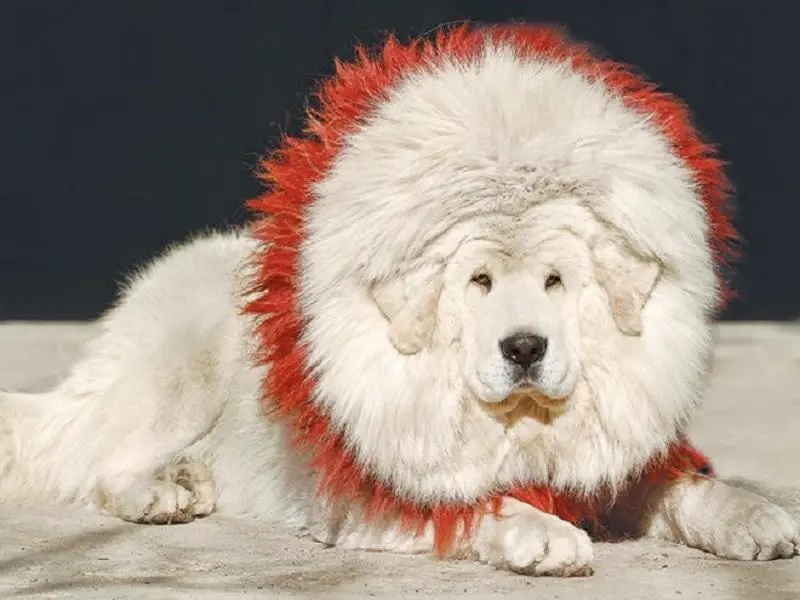
Photo of white Tibetan Mastiff.

.Photo of a chubby, adorable Tibetan Mastiff puppy.
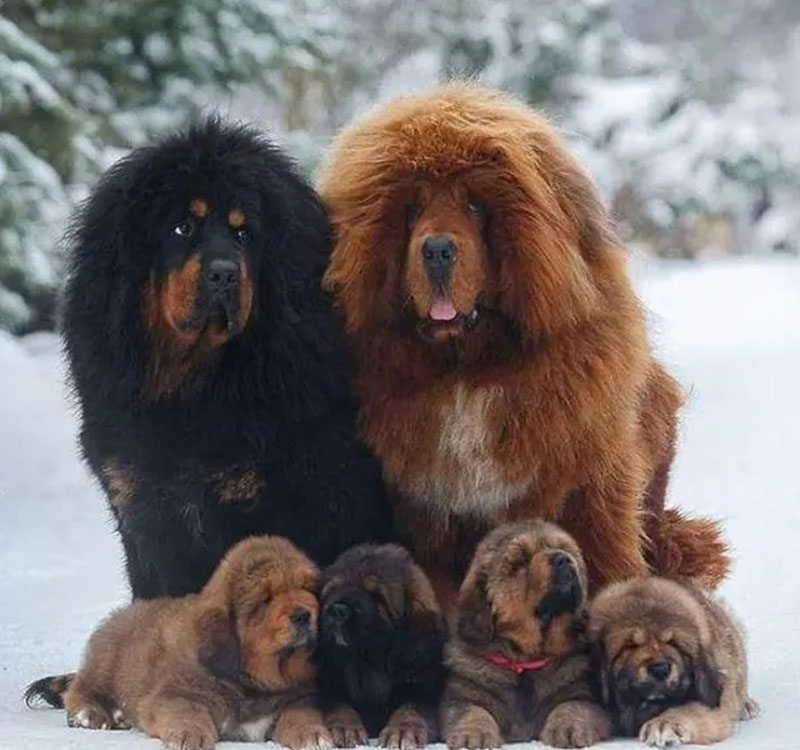
Purebred Tibetan Mastiff family.
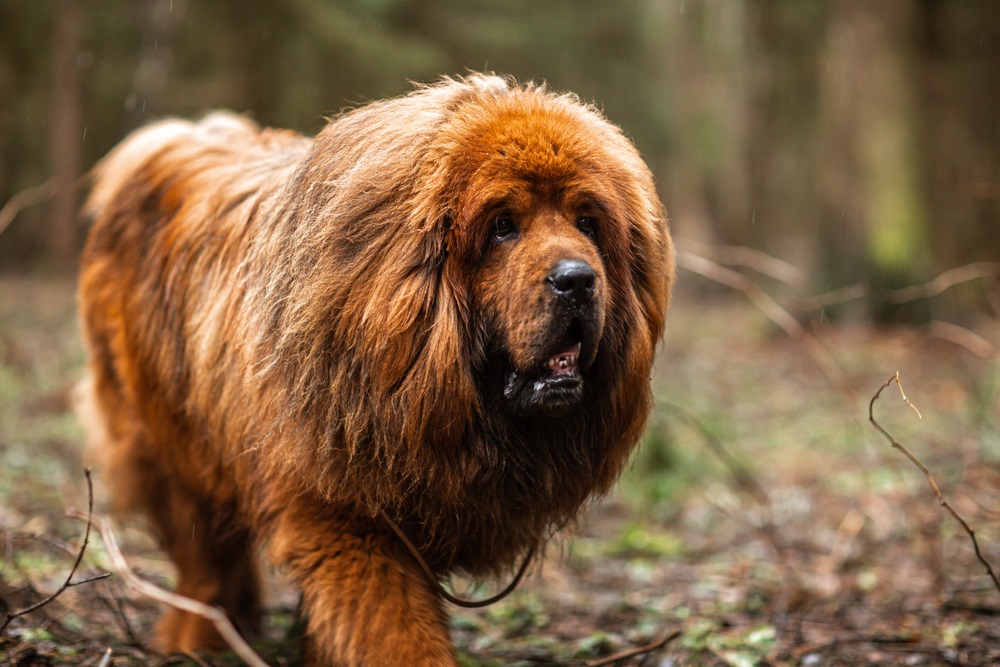
Tibetan Mastiff with brown fur.
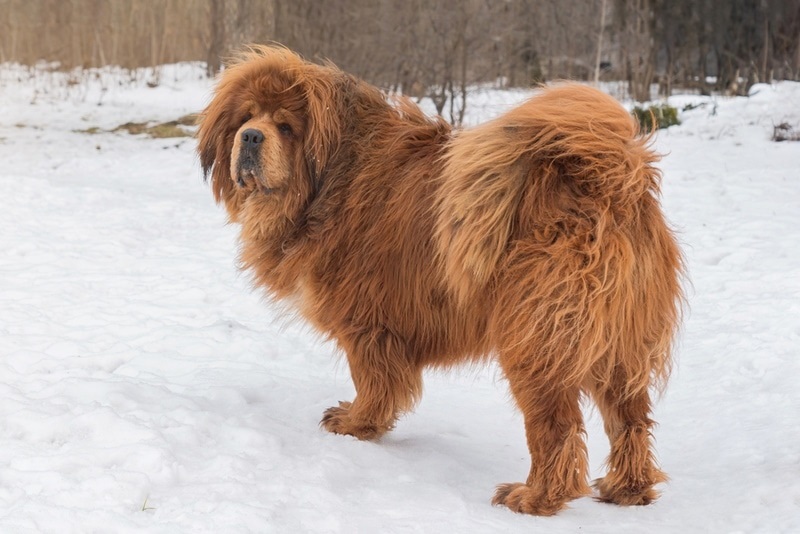
A Tibetan Mastiff (Tibetan Mastiff) under the snow.
Through the above article from dogbreed.wiki, we have provided detailed information about the Tibetan Mastiff, a rare breed with a massive appearance, outstanding strength, and a symbol of wealth and power. However, you should also know that this breed is not only expensive but also difficult to raise, so it may not be suitable for everyone.
If you want to learn more about other rare dog breeds, be sure to follow our Blog section!
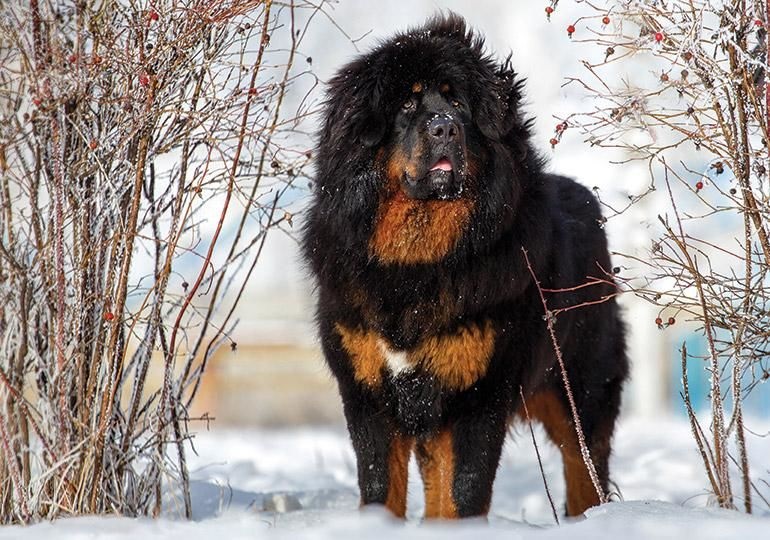

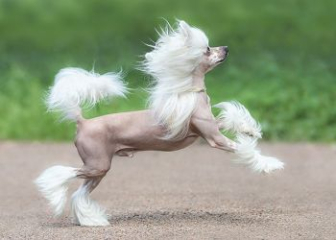
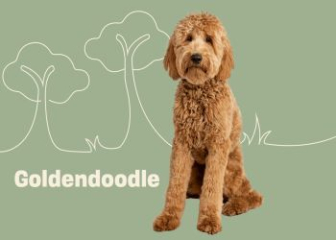
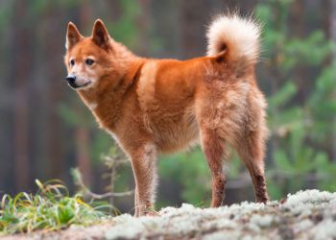

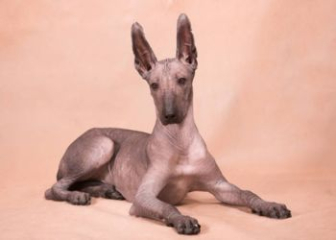
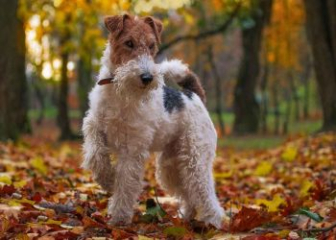


_350x250.jpg)

